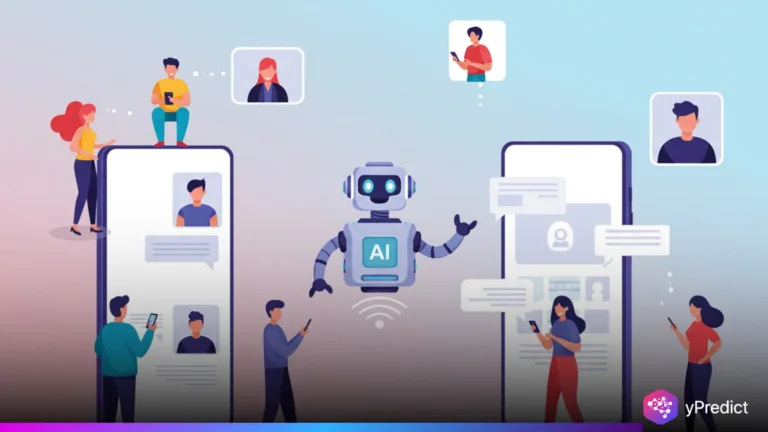
Catherine Austin Fitts’ video pops online. Inside it, the former investment banker warns of the dangers of combining AI, digital ID, and programmable money. She argues this mix could give governments new abilities to observe and control citizens. The ad uses images of security cameras and digital ID ads to underscore these threats. Fitts frames the conversation not as theoretical but as an immediate reality. Her remarks ring a bell as governments and tech companies tout new digital tools. The question is, who grabs ’em, and for what?
AI Meets Money and Identity
Fitts begins with AI. She notes it can simulate anything that goes into mathematics — from economic flows to social conduct. That power, she argues, becomes dangerous when paired with digital ID and programmable money. Digital ID provides the tracing framework. Programmable money adds enforcement, in other words, enforcing what you can or can’t do with your money.]
She draws a picture related to “15-minute cities.” Picture a currency that only worked within a small distance. Step outside, and buses are stopped. Or even worse, access to your funds could be dependent on complying with political or social demands. The video even references a frightening hypothetical: administration linking access to family decisions.
The theme is coercion. If digital ID links identity with programmable cash, AI can police rules at scale. And that could mean incentives for approved activities, sanctions for dissent, and tracking every step. Fitts calls it “complete control.” She calls the potential outcome a “coup d’état,” sacrificing liberty for dominance.
The video strings these ideas together with punchy visuals—cameras, ID ads, and city blueprints—making her warning feel less abstract. To her, the threat is immediate. It’s approaching fast.
Control, Power, and Resistance
It expands the discussion into politics and wealth. Fitts argues that digital ID and programmable cash are not neutral technologies. She portrays them as levers for elites to maintain their hold. The “mega rich,” she says, could employ such networks to drag ordinary people into tinier and tinier loops of domination. That control depends on surveillance. Without ongoing monitoring, codifiable cash is a failure. With it, any decision can be shaped.
Outside video critics echo parts of this view. Forbes observes that without protections in place, programmable money can easily slide into surveillance. Wikipedia’s 15-minute city entry observes similar skepticism: what looks like planning can come to look like incarceration. Camps like Liberty argue that digital ID systems need to be offset by rights-based protections against abuse.
Fitts is less hopeful. She warns that, once adopted, such systems won’t let go. Instead, they’ll hard-wire power into code. AI would be the engine, digital ID gatekeeper, and programmable money enforcer. Together, she argues, they’re an “end of freedom in the West.”
Overblown or not, her framing hits real fear. Citizens wonder: will future money and identity systems liberate us, or oppress us? That’s the question that fires the controversy her video ignites.
Conclusion
A grim warning from Catherine Austin Fitts’s video. She argues that fusing AI, digital ID, and programmable money risks tearing down liberty itself. By tying access to identity and coding control to currency, governments could regulate behavior at scale. Critics will wave off her scenarios as extreme, but the apprehensions hit a nerve. Surveillance, tracking, and economic enforcement aren’t speculation–they’re already underway. The trick is balance — fresh without pushiness, toolness without colonialism. Her message is clear. If citizens abandon caring about how these systems develop, they lose a future in which freedom is elective, not bred.






